Linux signage PC enables programmable waiting-room content
May 3, 2011 — by Eric Brown — from the LinuxDevices Archive — 3 viewsJayex announced a Linux-based digital signage computer aimed primarily at waiting-room applications. Available with multimedia and client call software, the “Web Media M4” is built around a dual-core Intel Atom D510 clocked at 1.66GHz and offers 1GB of RAM, 250GB of storage, HDMI and VGA ports, as well as Wi-Fi, Ethernet, and USB connectivity, says the company.
U.K.-based Jayex was established in 1978, and boasts over 23,000 customers worldwide for its programmable display technology, primarily in U.K.-based healthcare facilities. Like most of the company's products, the Web Media M4 signage computer focuses on waiting room applications.
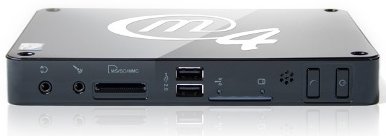
Web Media M4
Staff can plug in messages via an "intuitive" online interface that can be accessed by any Windows, Mac, or Linux workstation without requiring the installation of a client application, says the company. The interface is said to enable the creation and editing of text and imagery, and offers scheduling features as well as the ability to send targeted messages to different networked systems.
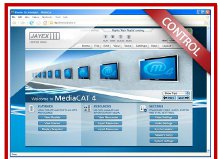
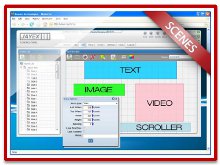
M4 main control screen (left) and scenes editor
(Click on either to enlarge)
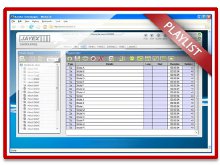
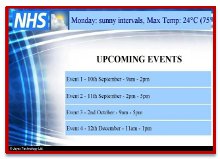
M4 playlist app (left) and typical events screen seen by customers/clients
(Click on either to enlarge)
Users can set up one M4 as a Mirror/Author unit, enabling users to synchronize content to single or multiple M4 players, which can be assigned in groups. The authoring component lets users preview output exactly as it will appear on the screen before transmission, says Jayex.
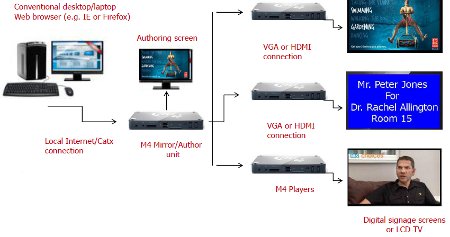
Mirror/authoring unit with multiple screen control
(Click to enlarge)
The systems connect to each other and to the player designated as the mirror/author unit via Wi-Fi or Ethernet. Displays are then connected via HDMI and VGA ports, says the company. Standard LCD displays and digital signage screens are said to be available as options, in totem, wall, or ceiling mount options.
Hardware specifications listed for the Web Media M4 include:
- Processor — Intel Atom D510 (dual-core 1.66GHz)
- Memory — 1GB
- Storage — 250GB
- Display — multiple display and digital signage options from 19-50 inches with totem, wall, or ceiling mount options
- Wi-Fi — 802.11b/g
- Other I/O:
- Ethernet port
- USB port
- HDMI port
- VGA port
- Video formats — WMV; Quicktime; MPEG 1/2/4; VOB; DivX; MP4/H,264; DV; 3gp; FLV; AVI
- Power — AC 110-240V 50-60Hz; 10 Watt average consumption
- Dimensions — 7.5 x 5.3 x 1.0 inches (190 x 135 x 25mm)
- Weight — 9.92 lbs (4.5k)
Web Media M4 benefits are said to include enhanced back-office operations and improved customer flow. In addition, the M4 can save front desk and customer service staff from "frequently asked questions that can simply be shown on a display screen," says Jayex.
Stated Bob Marsh, Director at Jayex, "People are less stressed when they are engaged and informed. Organizations making use of receptions or waiting areas through their own LCD digital signage screen can realize clear benefits in terms of driving forward promotions and educating and entertaining waiting customers."
Availability
No pricing or availability information was available on the Web Media M4. More information may be found at Jayex' Web Media M4 page.
This article was originally published on LinuxDevices.com and has been donated to the open source community by QuinStreet Inc. Please visit LinuxToday.com for up-to-date news and articles about Linux and open source.